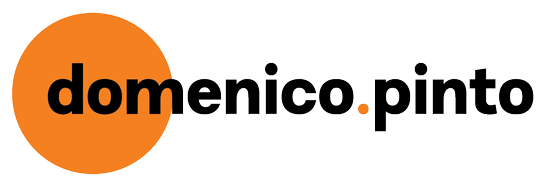Today, we’ll examine how these principles intersect to form a new paradigm that advocates for work-life harmony. We’ll delve into the burgeoning movement of digital minimalism, illuminating the path to a more balanced and fulfilling life. We will uncover the strategies, insights, and philosophies of the Minimalist Migrant, and explore how this unique approach can also benefit you.
Defining the New Digital Nomad – The Minimalist Migrant
An evolving breed of workers is emerging amid the modern technological revolution – the Minimalist Migrants. These digital nomads adopt minimalism to create a lifestyle that harmoniously blends work, travel, and life. They leverage technology, location independence, and minimalist living to reduce their work hours and enhance the quality of their lives. They’ve transcended the traditional definitions of work-life balance, opting instead for a new work-life harmony.
Why Minimalism?
Minimalism plays an instrumental role in this paradigm shift. In a world obsessed with consumption, minimalism offers a respite. It teaches us to prioritize experiences over material possessions, leading to a significant reduction in financial stress and fostering an inimitable sense of freedom and lightness.
How Does Minimalism Support the 25-Hour Work Week?
By simplifying life and reducing material needs, minimalism enables us to lessen our financial burdens and subsequently work less. When combined with the opportunities digital work and location independence present, the 25-hour workweek becomes an achievable goal rather than an elusive dream.
Adopting minimalism may sound challenging, but here are five practical areas to begin with:
- Housing: Do you genuinely need a large house or an apartment in an expensive city? Consider downsizing or moving to a more affordable location.
- Transportation: Reevaluate whether owning a car is necessary, especially if you live in a city with good public transportation or frequently change locations.
- Clothing: Keep only the clothing items you really need and use. You might be surprised at how few items you regularly wear.
- Technology: Streamline your devices. If your phone, tablet, and laptop all serve the same purpose, consider consolidating.
- Personal Items: From jewelry to books to knickknacks, discard things that don’t serve a purpose or bring joy. Pare down to the essentials.
Focusing on these areas can help you make significant strides towards adopting a minimalist lifestyle.
The Impact on Mental Health and Productivity
The Minimalist Migrants aren’t solely about reducing work hours or living with less. Their lifestyle has a substantial positive impact on mental health. By working fewer hours, they can maintain a balanced lifestyle, which includes regular exercise, proper rest, and time for hobbies and relationships. This not only enhances their quality of life but also boosts productivity during their work hours.
Survival or Evolved Living?
The advent of COVID-19 led to a reshaping of businesses, business models, client acquisition strategies, and most importantly, a reevaluation of our needs. My discovery that the money I had saved for a few months in Australia could sustain me for years in parts of Europe led me to question how minimalism and location independence intersect.
Minimalist Philosophy Meets Nomadic Life
Minimalism is about living with less and embracing simplicity. It involves reducing possessions, generally to the essentials, thus eliminating distractions and creating more space to focus on experiences without the need for material goods. This realization made me reflect on the true value of things and how our expenses can often trap us in jobs we may not even enjoy.
Location Independence as an Enabler
Location independence and minimalism have emerged as powerful tools that can afford the cushion of time needed to self-reflect and figure out life’s wants. They allow for creating a buffer to invest time in forging your own path instead of being confined by a fixed structure.
Turning Crisis into Opportunity
Let’s consider an example: I coached an individual from Denmark who dreamt of launching his health and wellness consulting business. He realized that his savings could help him establish his business in a country with a lower cost of living, such as Romania. This strategic shift extended his financial runway to 15 months, giving him the confidence and security to build his business without the constant threat of exhausting his funds.
Minimalism – A Tool, Not a Rule
Minimalism doesn’t necessarily mean discarding all possessions and living with the bare minimum. It’s not a prescriptive set of rules; rather, it’s a mindset that encourages conscious consumption. It’s about reassessing what truly matters to you. Now a successful international coach, this individual enjoys a fulfilling and enriched life, traveling with intention and purpose.
In Conclusion
The Minimalist Migrants represent a growing movement of individuals leveraging digital technologies, minimalism, and location independence to redefine work-life balance and embrace work-life harmony. They illustrate how it’s possible to work less, live more, and still be successful and productive in the modern world. Their lifestyle invites us to question traditional norms and explore
___________________________
Did you enjoy reading the article? If yes, feel free to follow me for more. Most of my content is published on LinkedIn, follow me there for more. My book: The Great Shift, available on all Amazon stores, explores these concepts in more detail. If you have trouble purchasing it, don’t hesitate to reach out.
At the core, I help leaders, founders, and solopreneurs on their path to high performance while achieving work-life harmony. I do so through one-on-one coaching and mentoring, training courses, and speaking engagements.
If you’re interested in learning more, please reach out. I’d love to help.

